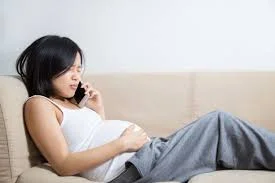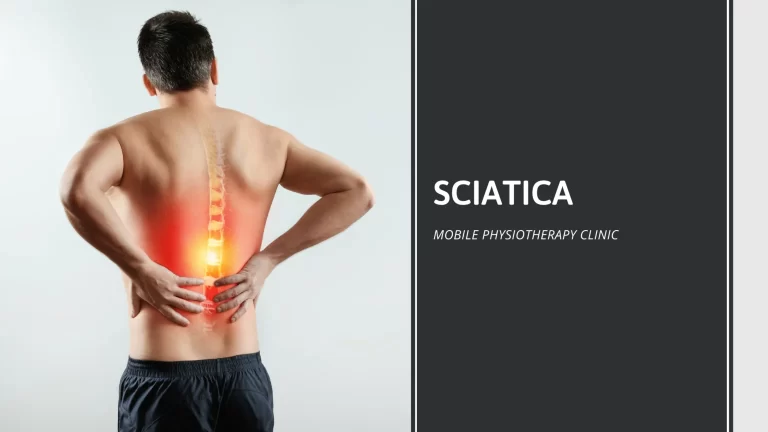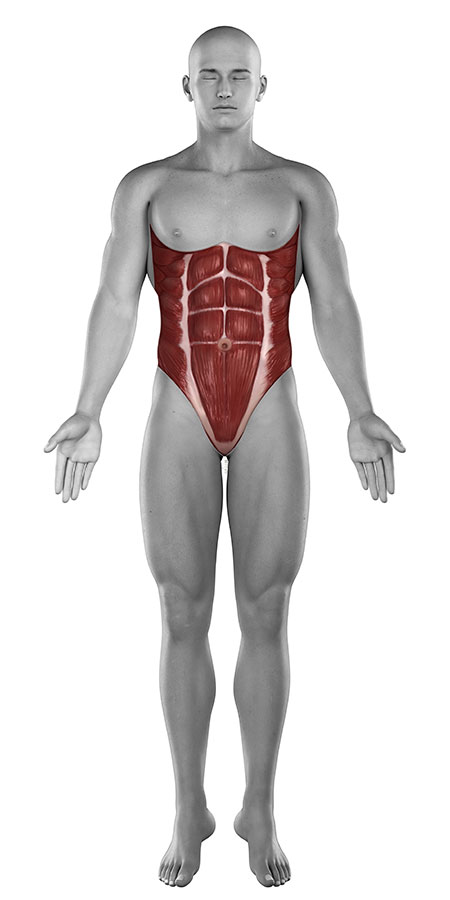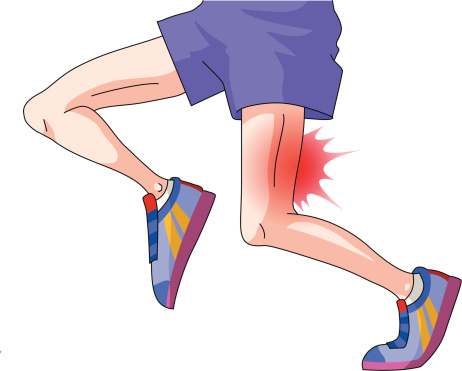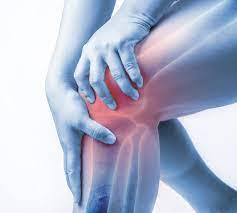Pubic Pain During Pregnancy
Table of Contents
Introduction
Pubic pain during pregnancy is a common problem in the final months of pregnancy, causing many inconveniences and lowering pregnant women’s quality of life. Understanding the cause of pubic pain during pregnancy is essential for overcoming it.
Pubic bone pain is fairly common during pregnancy. The hormone relaxin causes the pelvis to loosen in later pregnancy, particularly at the pubic bone. In general, this is a good thing because it makes birth easier for both the parent and the baby. However, this loosening is sometimes exaggerated. This can be excruciatingly painful and can last into the early postpartum period.
Causes of Pubic Pain During Pregnancy
The pubic bone is a component of the pelvis. The anterior iliac joint is formed when the pubic bones on both sides of the body fuse to form the anterior iliac joint, which normally expands during pregnancy to accommodate the growing uterus and other pelvic changes.
Pregnant women frequently experience pubic pain on both sides of the groin and in adjacent areas such as the thighs and around the pelvis. Pubic pain during pregnancy manifests as a dull, persistent pain, or as a brief, transient pain.
One or more of the following factors can contribute to pubic bone pain during pregnancy:
- Changes in hormones: During pregnancy, a woman’s body undergoes numerous changes, including changes in birth hormones. In the body, there is sex. Pregnant women have high progesterone levels in their blood. One of the effects of progesterone on the mother’s body is joint expansion, which causes the pelvic joints to become less flexible and causes pubic pain.
- Edoema: During pregnancy, the circulatory volume in a woman’s body increases, and the distribution shifts to focus on placental circulation to nourish the foetus. This causes the circulatory system of the lower body to overwork, resulting in pubic bone swelling, pressure, and pain.
- The fetus’s position in the uterus: During the third trimester of pregnancy, the foetus has moved inside the uterus towards the vagina, preparing for the impending labour. This puts additional strain on the pubic bone, especially in large babies. This mechanism can also cause pubic pain during labour when the foetus must pass through the vagina before birth.
- Multiple Pregnancy and Multiple Pregnancy: Women who have had multiple pregnancies or previous births are more likely to experience pubic pain during pregnancy. When pregnant for the second or subsequent time, most women have softer abdominal muscles, and the foetus is in a lower position, putting more pressure on the pubic bone. When you have to be physically active, pubic pain symptoms may appear more frequently and to a greater extent.
- Foetal movement: Excessive foetal movement can also cause pubic pain in women.
- A large foetus is defined as a foetus weighing 4000 grammes or more. The more foetal weight there is, the more pressure there is on the pubic joint.
Pubic pain may be caused by a combination of one or more of these conditions. When the symptoms of pubic pain become more severe, pregnant women should seek medical advice and treatment.
Symptoms of Pubic Pain During Pregnancy
When a joint is too loose, it can cause instability and pain. The majority of the pain is in the pubic bone area, above the mons pubis (below pubic hair). Certain movements, such as getting out of bed, getting into the bathtub or car, putting on trousers, sitting for long stretches, or performing repetitive tasks, can be painful.
You may also notice some swelling around your pubic bone, waddling in your steps, or notice that your legs don’t quite come together. Walking or moving your legs may cause you to feel or hear a clicking noise. Your doctor or midwife can assist you in fully comprehending your symptoms.
- Pain in the pubic bone area in the front, at the level of your hips.
- The pain has spread to the thighs.
- Pain in the lower back, on one or both sides.
- Pain in the area where your vagina and anus meet.
- Pain when changing clothes because the weight shifts to one leg.
- Pain when turning over in bed.
- Pain when getting into or out of seats, particularly in a car.
Diagnosis
Because X-rays are not advised during pregnancy, your practitioner may recommend an ultrasound instead. The ultrasound can examine the space between the pelvic bones. However, it is more typical for the diagnosis to be made entirely according to your symptoms.
If you’ve already had your baby and are still experiencing pain, an X-ray is the most accurate diagnostic test available.
Treatment of Pubic Pain During Pregnancy
SPD is usually relieved after having a baby. In the meantime, there are some treatments available to alleviate pregnancy discomfort.
Support for the Low Back and Pelvis
Stabilize your pelvis as much as possible with a pregnancy/maternity binder, which can also help relieve low back pain. You could also try a rebozo Mexican shawl. According to research, a flexible belt or binder works better than a rigid one. This can also help you avoid further injury caused by a less stable pelvis.
Acupuncture or Physical Therapy
Inquire with your doctor or midwife about these treatments can be useful in the long term. While they are time-consuming, many people believe they are worthwhile. In between visits, consult with your therapist or acupuncturist about what you can do at home.
Avoidance
Avoid situations that will cause you pain. Sit down to put on your trousers, or sit on the side of the tub and swing both legs over together.
Standing Limitations
It’s also a good idea to avoid standing for extended periods. If you must stand, wear comfortable shoes and make an effort to move around, even if it means simply shifting from foot to foot now and then. You can also stand with one foot propped up on a small stool or box.
Exercise
Certain types of exercise can help alleviate pain. Consult your doctor, midwife, or physical therapist for suggestions. Swimming, for example, can provide pain relief due to its buoyancy.
Bridging.

- Lie flat on your back (do not attempt if this makes you dizzy or lightheaded).
- You can do it with or without a band around your knees, but imagine your knees pushing apart from each other.
- Exhale, squeeze your buttocks together and raise yourself as shown. Maintain that contraction as you slowly lower yourself back down to the table.
- Rep 10 times more.
Squats with Pelvic Floor Growing.

- Try standing in front of a chair and squatting down.
- You don’t have to go as low as shown; a teeny mini squat will suffice.
- Inhale and relax your pelvic floor as you lower your bottom to the floor. This is a good time to imagine a baby being born! Exhale as you stand back up gently recoil your pelvic floor and squeeze your buttocks together.
- Exercises with both feet on the ground and booty strengthening are fantastic for pelvic pain (pregnant or not). Anything that feels sharp, shooting, or pinchy should be avoided. A pregnancy support belt or a sacroiliac joint belt may also help with pain relief.
Tall Kneeling Exercise.
- Get into a kneeling position, using a pillow or yoga mat if your knees hurt.
- In front of you, grasp a large therapy ball. If you don’t have a ball, you can use a chair or a rolling stool as a substitute.
- Inhale and relax your pelvic floor (as if you’re about to pee or gas) before bringing your buttocks to your heels, as shown in the first image.
- Exhale, squeeze your buttock muscles, and gently lift your pelvic floor (kegel) to return to a tall kneeling position.
- Repeat about ten times. This stretch is also great for the middle of your back (around your bra line).
Medication
Pain medication is sometimes necessary. However, this should be done under the supervision of a doctor because some pain relievers are not safe to use during pregnancy or breastfeeding, and some medications should not be taken later in pregnancy.
Physiotherapy
Your midwife or doctor should refer you to a physiotherapist who specializes in pelvic joint problems caused by pregnancy. Your physiotherapist may recommend one or more treatments and exercises to help you move around more easily, such as advice on how to pace your activities and which movements to avoid
- Exercises to improve your balance and stability by strengthening your pelvic floor, stomach, back, and hip muscles.
- hands-on therapy to restore normal movement to the pelvic muscles and joints
- Water exercises (hydrotherapy)
- Acupuncture or a TENS machine (transcutaneous electrical nerve stimulation), a pelvic support belt, or crutches may be recommended for labour and birth.
- A TENS machine is a small device with sticky pads that is attached to your back. It sends out tiny electrical impulses to prevent pain signals from reaching your brain. (They are frequently used for pain relief during labour.)
- TENS machines can be purchased from chemists, pharmacies, or medical device specialists. The pregnancy sections may also offer free renting.
Recovery
The good news is that you should feel much better soon after delivery because relaxin production stops. If you do not feel significantly better after a few weeks, consult your practitioner for further testing. Additional therapies, such as physical therapy, may be required to help build muscle strength in the pubic bone area.
Controlling pubic pain during pregnancy
Your physiotherapist may recommend a pelvic support belt or crutches to help you move around. You can do some things to help relieve pelvic and lower back pain during pregnancy.
Try to:
- Maintain your activity level while avoiding activities that aggravate your pain.
- Rest when you can wear supportive shoes.
- When standing, place equal weight on each leg
- when getting dressed or undressed, sit down;
- in bed, place a pillow between your legs for extra support;
- when getting in and out of the car, keep your knees together.
You should also avoid something else:
- Long periods of sitting or standing
- getting down and upstairs excessively
- heavy objects, such as shopping bags, must be lifted
The physiotherapist should be able to offer suggestions for coping with the emotional impact of chronic pain, such as relaxation techniques.
If your pain is causing you significant distress, you should consult your doctor or a midwife. You might need more treatment.
Summary
Pubic pain during pregnancy is a common issue that can cause discomfort and lower the quality of life for pregnant women. The hormone relaxin causes the pelvis to loosen, particularly at the pubic bone, which can be exaggerated and last into the early postpartum period. Factors contributing to pubic pain during pregnancy include changes in hormones, edoema, the fetus’s position in the uterus, multiple pregnancies, and excessive foetal movement.
Symptoms include pain in the pubic bone area, swelling around the pubic bone, and pain during certain movements. Diagnosis is usually based on symptoms, but an ultrasound is the most accurate test.
Treatment options include support for the lower back and pelvis, acupuncture or physical therapy, avoidance, standing limitations, exercise, medication, physiotherapy, and water exercises. It is essential to consult a doctor or midwife for recommendations and to avoid certain movements that may cause pain. Pain medication should be done under a doctor’s supervision and physiotherapy may be recommended for labor and birth.
FAQs
Pelvic pain can occur in some pregnant women. This condition is also known as pregnancy-related pelvic girdle pain (PGP) or symphysis pubis dysfunction (SPD). PGP is a group of unpleasant symptoms caused by pelvic joint stiffness or uneven movement of the joints at the back or front of your pelvis.
While pelvic pain is commonly associated with urinary tract infections or gastrointestinal problems, it can also indicate a problem with your pelvic organs. Many variables may be related to pelvic pain.
Pubic Symphysis Dysfunction has been defined as a group of signs and symptoms of pelvic discomfort and pain, including pelvic pain radiating to the upper thighs and perineum.
Chronic pelvic pain can be caused by several conditions. Pelvic pain can be caused by digestive, reproductive, or urinary system issues. Some pelvic pain can also be caused by specific muscles or ligaments, such as pulling a hip or pelvic floor muscle.
Sitting for extended periods can cause back or pelvic pain, especially if you don’t exercise regularly. Some signs that your pelvic pain is caused by prolonged sitting include: You have a sharp pain in your back. Back and pelvic pain that lasts a long time.
References
- Website, N. (2023, May 22). Pelvic pain in pregnancy. nhs. uk. https://www.nhs.uk/pregnancy/related-conditions/common-symptoms/pelvic-pain/
- Mph, R. E. W. P. (2022, August 26). Pubic Bone Pain During Pregnancy. Verywell Family. https://www.verywellfamily.com/pubic-bone-pain-in-pregnancy-2760034
- Pubic pain during pregnancy: Causes and solutions. (n.d.). Vinmec. https://www.vinmec.com/en/news/health-news/obstetrics-gynecology-and-assisted-reproductive-technologies-art/pubic-pain-during-pregnancy-causes-and-solutions/
- A. (2023, April 3). Pelvic pain during pregnancy. Prega News| Pregnancy Test| Pregnancy Test at Home | Pregnancy Test Kit. https://preganews.com/pelvic-pain-during-pregnancy/
- Pelvic pain in pregnancy (SPD). (n.d.). https://www.tommys.org/pregnancy-information/pregnancy-complications/pelvic-pain-pregnancy
- Lechtenberg, M. (2023, May 3). 3 Exercises To Help Reduce Pelvic Pain During Pregnancy. Breathe. https://breatheptw.com/3-exercises-for-pelvic-pain-in-pregnancy/

